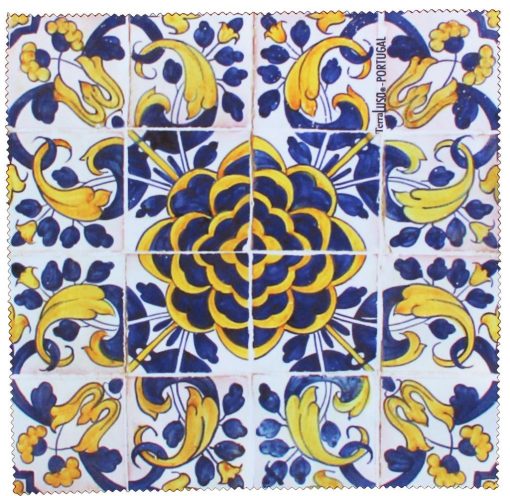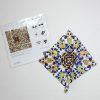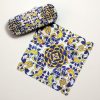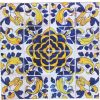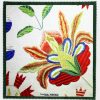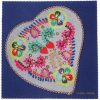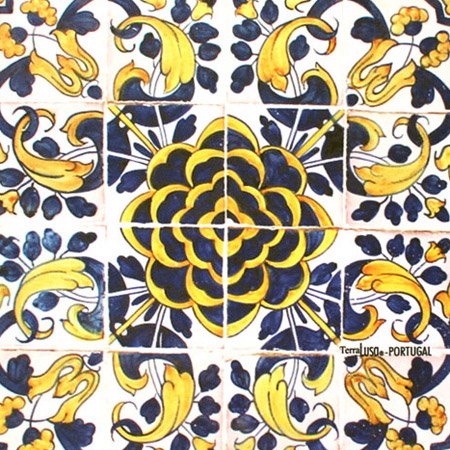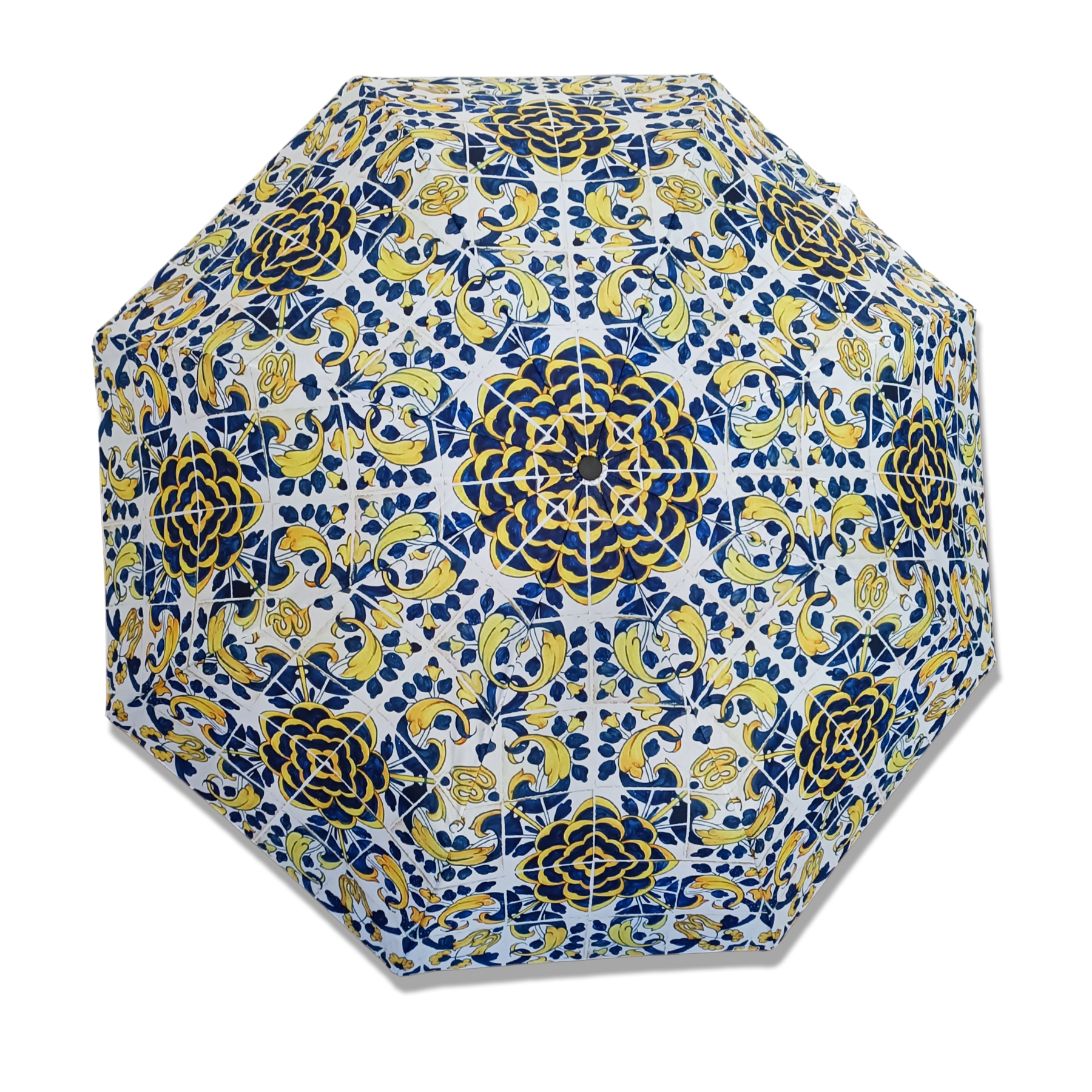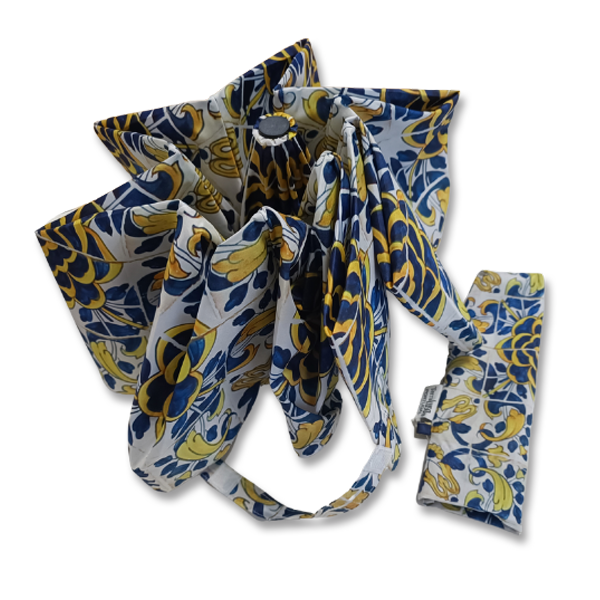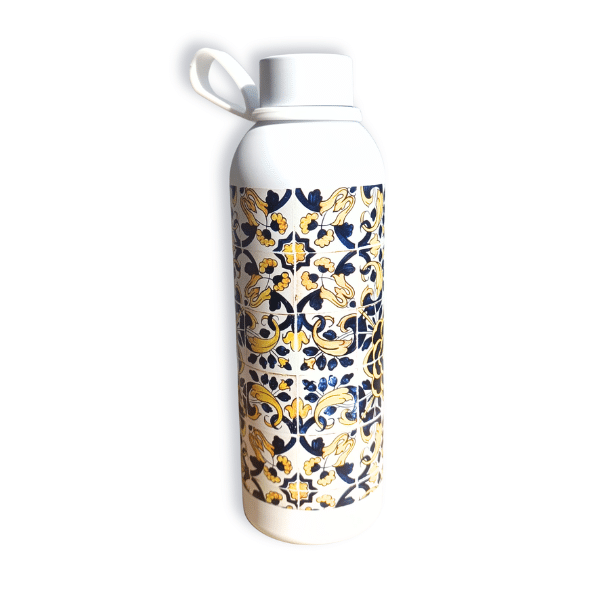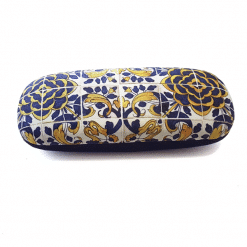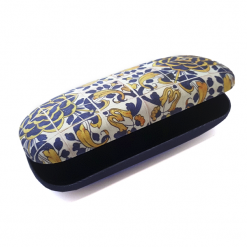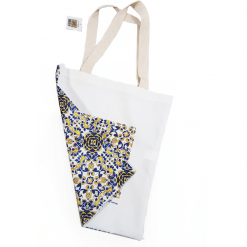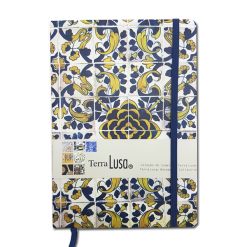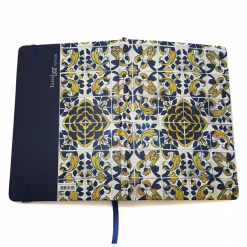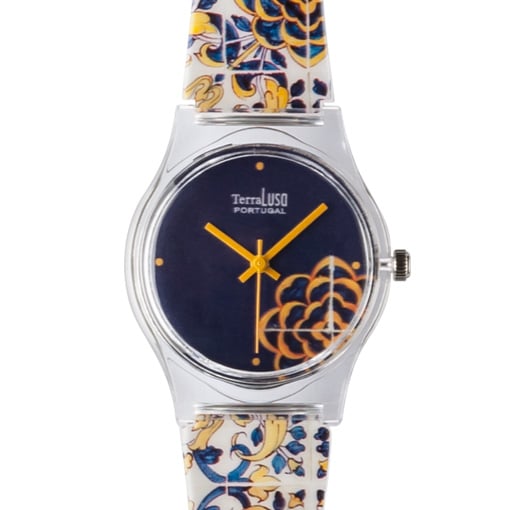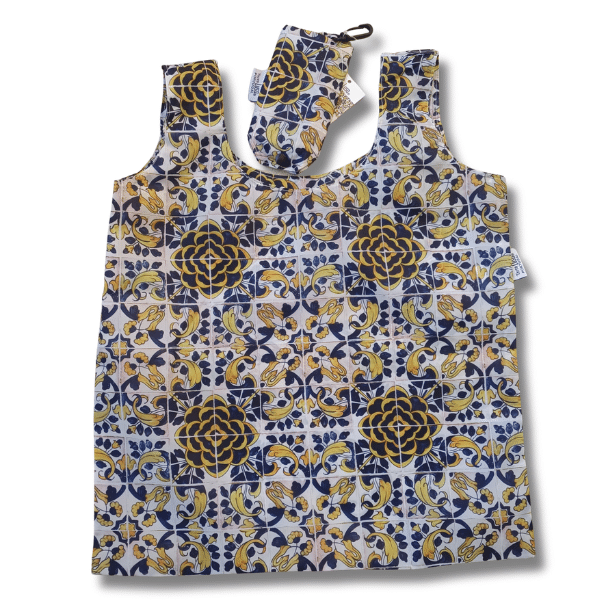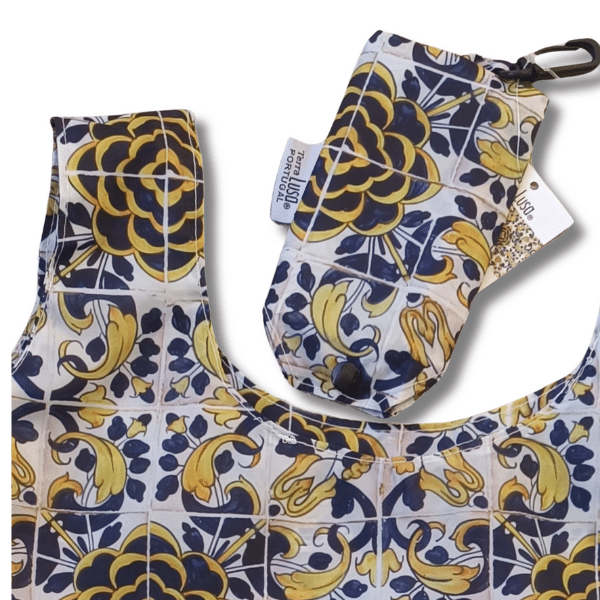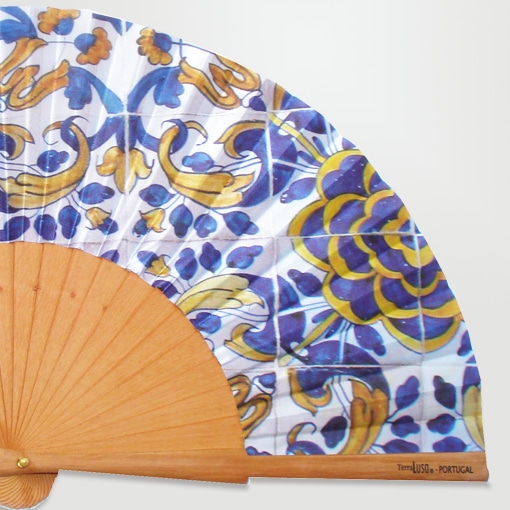Home/Microfiber cleaning cloths
17th Century Portuguese Tiles Camellia Cloth
This piece depicts a detail of a 17th-century tile panel, with a theme known as Camélia or Japoneira. The 17th and 18th centuries are considered the golden age of Portuguese tilework.
Microfiber cloths are ideal for cleaning mirrored surfaces such as glasses, screens and tablets. 19 x 19 cm. They are presented in a sachet with bilingual cardboard explaining the theme to which they refer. Coordinate with the glasses boxes.
Prod.: 17th Century Portuguese Tiles Camellia Cloth
4,15 €
The azulejo stands out as one of the most remarkable expressions of Portuguese culture and represents a unique contribution of Portuguese talent to world culture. Introduced to Portugal by the Moors during the Middle Ages, azulejos gained prominence in the late 15th century when pottery workshops emerged in Lisbon producing azulejos using the faience technique imported from Italy.
Portuguese azulejos reached their peak between the 16th and 18th centuries. Large panels were manufactured to adorn churches, palaces, and other public buildings. Azulejos not only decorated spaces but also narrated stories and captured the essence of Portuguese culture.
The azulejo is one of the strongest cultural expressions of Portugal and one of the most original contributions of Portuguese ingenuity to world culture.
Terra Lusa brand presents several collections of products where each reference is a tribute to the Portuguese Cultural Heritage: notebooks, fans, eco bags, mini umbrellas, glasses cases and microfibre cloths all divided into themes of Portuguese roots .
800 Years of History, Culture and Tradition inspired the design of the various products in which quality allies with contemporary design.
| Weight | 20 g |
|---|

